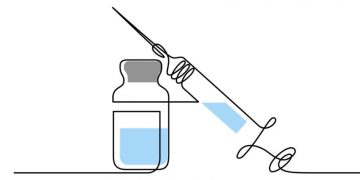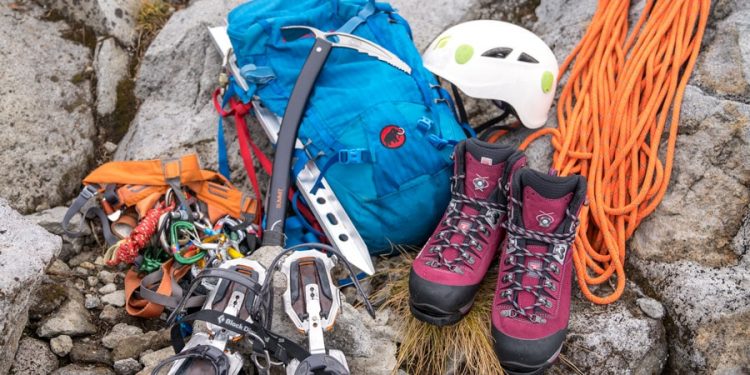In order to be effective on uphill cycling, you’ll need comfortable gear and a regular breathing rhythm. Both will help you control the muscular and aerobic energy output. Read on to find out more about the different types of hill climbing gear and what to look for. We’ve also included a section about gear sizes.
Price of hill climbing gear
Climbers who buy their own equipment know that the best gear is often out of reach. However, if you are on a tight budget, you can always buy a mid-range set for less than half the price of a premium one. In many cases, this will enable you to buy more essential equipment for other aspects of your mountain trip.
The price of climbing equipment varies depending on the type of climbing you’re interested in. The most basic equipment is inexpensive, such as a chalkboard, climbing shoes, and bouldering pads. However, if you’re looking to tackle a more challenging goal, you will need to spend more money on ropes, protection, packs, and specialized clothing. These expenses can add up quickly.
Types of gears
There are many different types of gears available for mountain biking. Choosing the right one depends on several factors including your strength and cadence, the type of bike you have, and the terrain you’ll be riding on. Many people prefer to use 48/17 or 49/16, but there are many other options as well. This combination is suitable for small to medium hills and occasional hill climbs. It’s also good for flat or mostly flat trails.
When it comes to choosing the right gears for hill climbing, it’s important to keep in mind the steepness of the hill you’re going up. It’s also important to be prepared to shift gears if you need to. This can help you avoid suffering a flat tire or a chain problem later.
Size of chainrings
When hill climbing, you may want to use smaller chainrings in order to increase the ease of gearing. This is especially beneficial for riders who are prone to struggling with climbing or who are carrying extra weight. Swapping from a 32t chainring to a 30t chainring can provide up to 6.7% easier gearing. This small adjustment can mean the difference between conquering a steep climb and giving up in frustration.
If you’re a first-time hill climber, you may have a hard time understanding the concept of gear ratio. However, it’s essential to know how each gear works. The gear ratio represents the relationship between the cogs on a cassette sprocket and the chainring. The ratio is expressed as the number of teeth on the active chainring to the number of teeth on the active cassette cog.For more informative blogs visit starpod.
Durability of gears
Durability is an important factor in choosing mountaineering gear. It is important that your equipment can withstand repeated use and be reliable for any trip. The best gear is made from materials that are durable and designed with safety in mind. It should also be able to withstand uneven terrain. If you are planning a long expedition, such as a trip to Nepal, you should invest in durable equipment.
Choosing durable products will increase your confidence and safety. Always remember to pack toiletries and food items in your pack.
Choosing the right gear for a climb
Choosing the right gear for a climb can be a tricky process. You’ll need to consider the type of climb you’ll be doing, what conditions you’ll be facing, and how much time you’ll have to spend on the climb. Climbing gear can get expensive, so you’ll need to budget for it. You’ll need a high-quality harness, waterproof, breathable clothing, and all the necessary safety equipment. A professional guide or a store that stocks climbing gear will be able to help you choose the right gear for the climb you’re planning.
In general, it’s best to use lower gears on a climb than to ride with too high of a gear. A high gear can be more uncomfortable for you, and you may feel less comfortable riding in it. If you’re not too experienced or fit, choose lower gears. Try to find the longest hill near you to ride, and keep a steady pace throughout the climb. Ideally, you’ll be able to reach the top in ten minutes while maintaining a comfortable cadence.
























